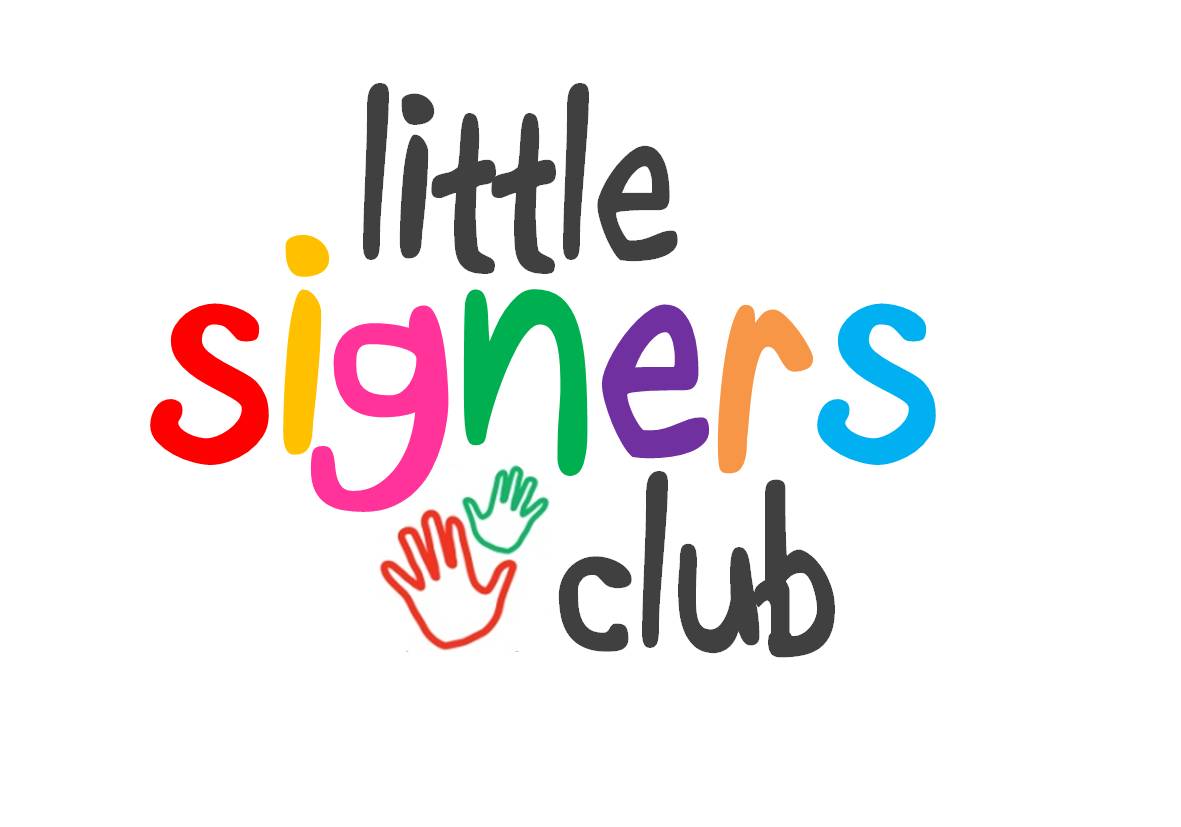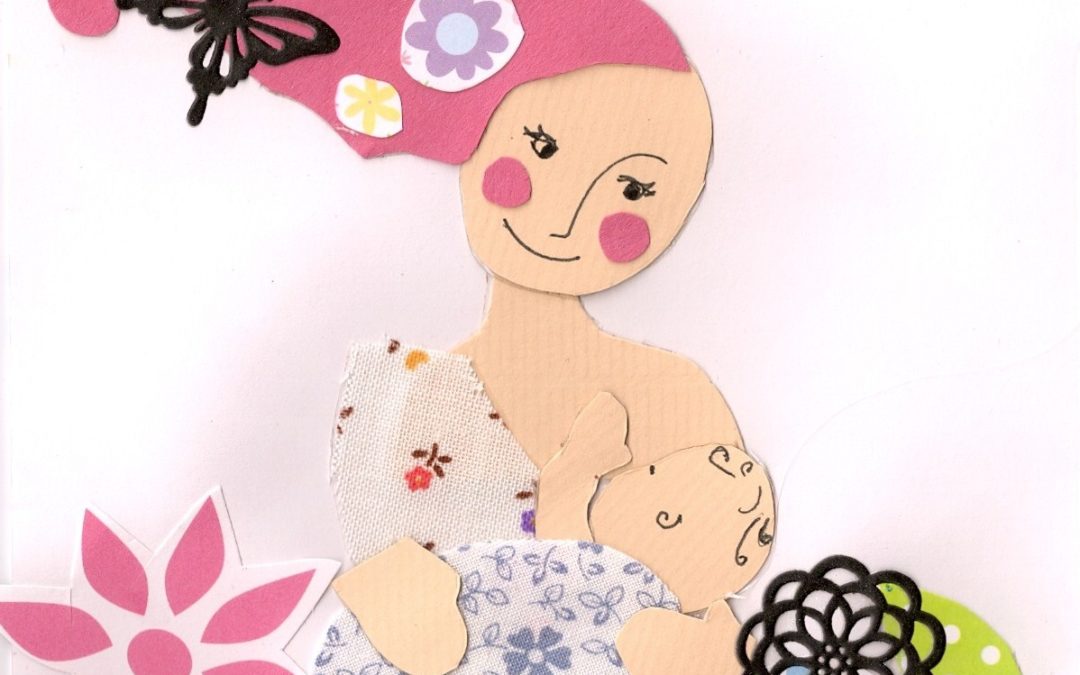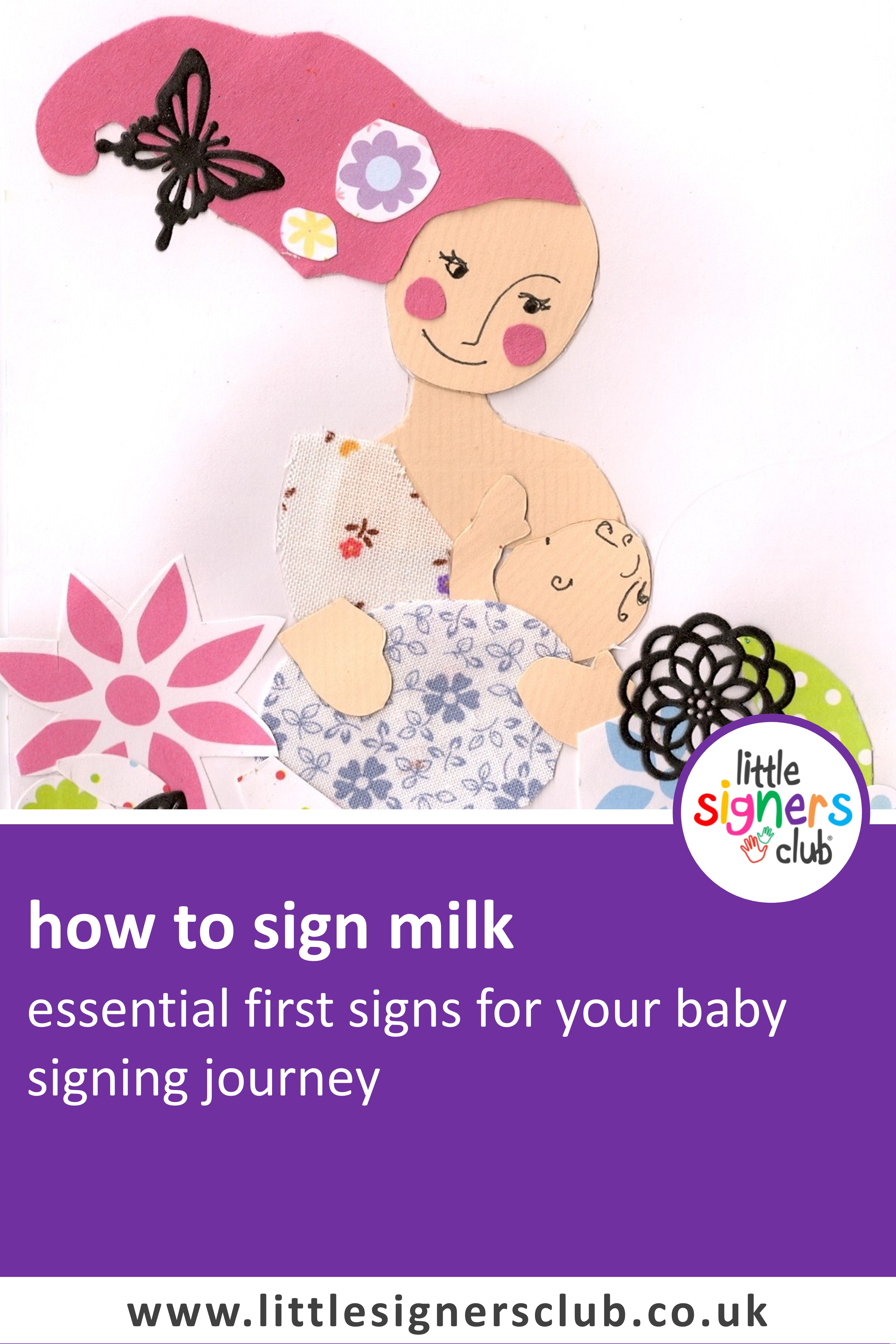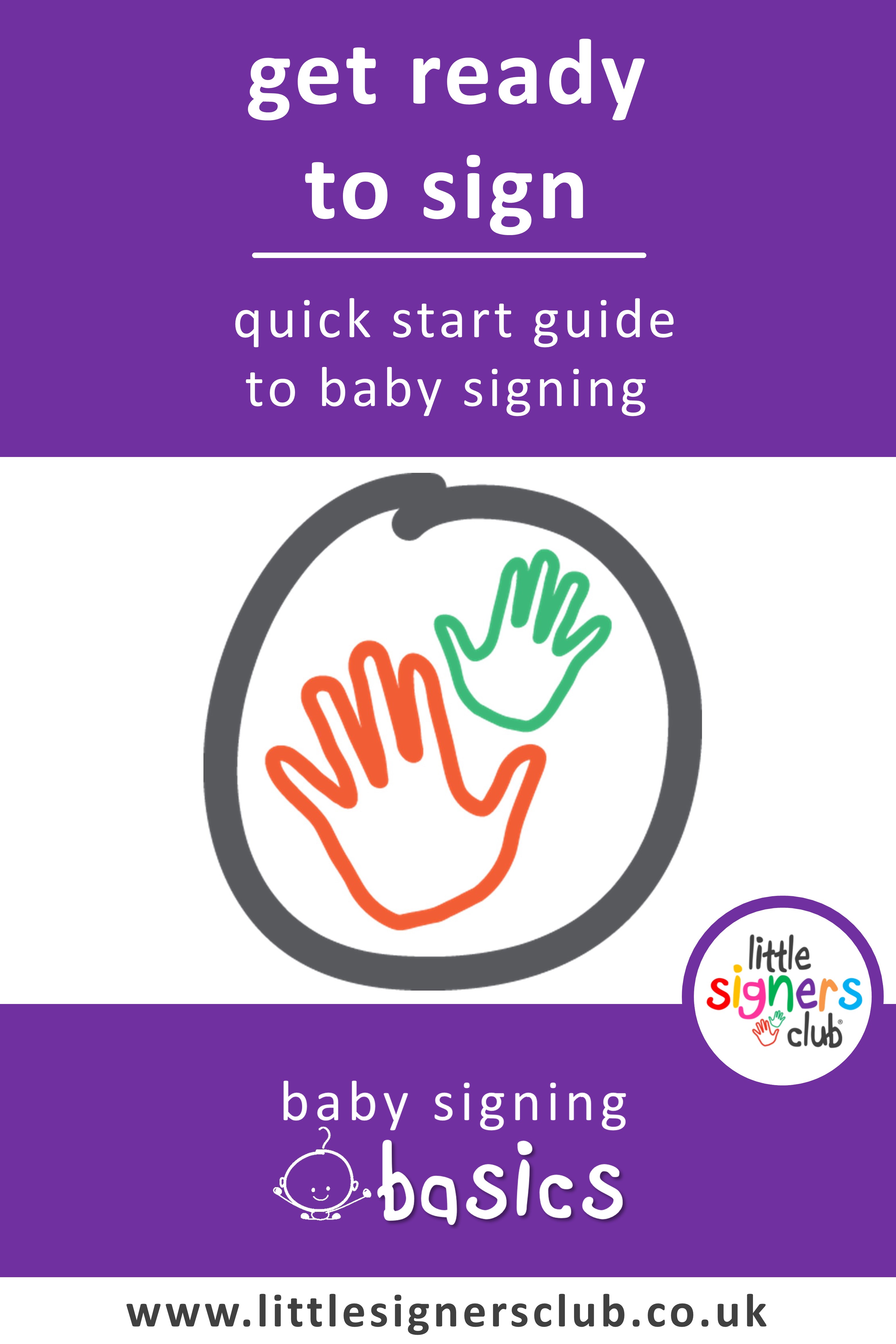First Signs for Babies – How to Sign Milk
Very first signs for you and your baby.
What if… crying and tantrums are actually a last resort, not the first way young children look to have their needs met or their wants listened to?
What if… little ones as young as 10 weeks could let you know that they want their milk, a nappy change or you (around whom their world revolves) with their tiny hands, without crying?
What if… this was all completely true and this magical tool was right at your fingertips? Not just for you but your whole family and other loving care-givers too?
Baby Signing: complete understanding of your little one – right from the start.
Little Signers Club brings you simple tools to understanding your gorgeous baby by using keyword BSL signs alongside speech, known as baby signing.
Using gesture communication has the ability to instantly turn a potential meltdown into connection, insight and learning.
It also means that you, and your baby, have exactly the right tools to communicate with each other confidently – right from the start!
“My baby was far less frustrated when she could sign exactly what she wanted. I was so excited the first time she signed for milk!”
baby signing Mama, Non,
Our First Signs series is a gentle, more in depth, exploration of how very first signs have a lasting impact on your parenting journey.
(It doesn’t matter whether you are starting baby signing with a baby, toddler or talker, the benefits of signing are myriad and really do last far beyond these early years.)
Milk is just one of our essential first signs (you can get the others, just here)
How to Sign Milk
You are likely to have the opportunity to sign ‘Milk’ several times a day – and this is one of the key points of baby signing success!
Signs that are done regularly and consistently are much more likely to be picked up by your little one and signed back.
If you are breastfeeding then you can hold your hand over your breast and sign or, if you are bottle feeding you can hold up the bottle to show to your baby and make the sign at the same time.
Do remember to say the word Milk as well! This way, your baby will make the connection between the action and the word which is crucial for later speech development.
Practical Tips and What To Look For
We do appreciate that holding a baby, bottle and trying to sign can be quite impractical so pick a time, if you can, before your baby is desperate for a feed to practice.
If your baby is interested in what you are offering she will use her body language to tell you; if she turns her head away from you then that is a definite NO! If she engages with you, laughing, trying to reach for your hands and / or the bottle or mouths at your top as if feeding then this is a definite YES!
Even before signing begins, you can get an idea through body language of your little ones needs. Milk is generally one of the first signs that babies use and it is so easily missed by initially. Look for a squeezing motion of your little one’s hands – but it might not be obvious.
A common report back about the use of this sign is that when your little one wants his milk, he will sign with one hand. If he really really wants his milk, he will use both hands, signing frantically.
This is the perfect opportunity for you to double check, asking if they would like their Milk as you sign the word.
“The difference a few simple signs (like Milk, Food and More) made were amazing. His little face would light up every time I knew what he meant.”
baby signing Mama, Lorraine
Simple signs, like the sign for milk, can make the world of difference to babies and toddlers (and well into childhood).
Baby signing provides the opportunity for your little one, even when tired or ill, to have your absolute and undivided attention as they tell you what it is that they need to feel safe again – with confidence.
It might be a cuddle and mummy – or their teddy and some milk – but you will KNOW before tears, overwhelm and insecurity set in.
This gives children gentle reassurance and the safety they need in order to thrive.
Being able to understand your baby with ease brings contentment and joy to your relationship that lasts and lasts – and really makes the most of this precious time.
(First published May 2011 © Little Signers Club)

Shelley
Founder | Speaker | Author | Chief Bubble Tester | Mum
Shelley is the founder of Little Signers Club and has been teaching little ones, and their grown ups, how to use sign language for accelerated communication and understanding since 2005.
Kindly regarded as an expert in her field, Shelley regularly contributes to Childcare Expo, has been featured on BBC1, BBC Radio, in Junior Magazine, Gurgle Magazine, and was a contributing author for ToddlerCalm; A Guide to Calmer Toddlers.
She has three children of her own and, when she is not sharing her love of baby signing with the world, can be regularly found toasting marshmallows over a campfire.







